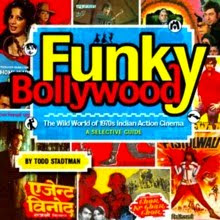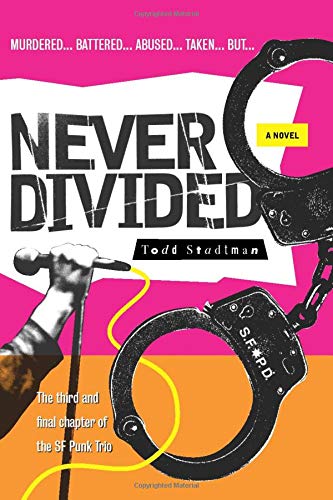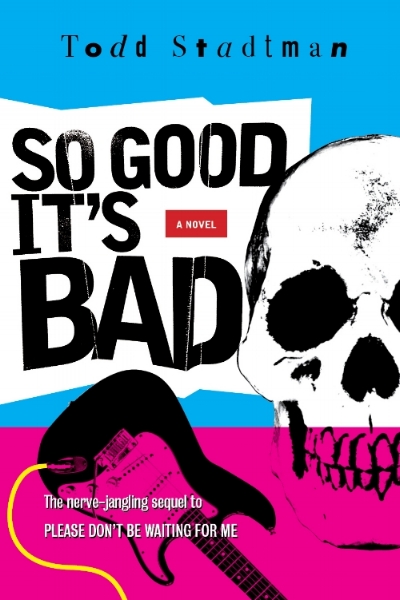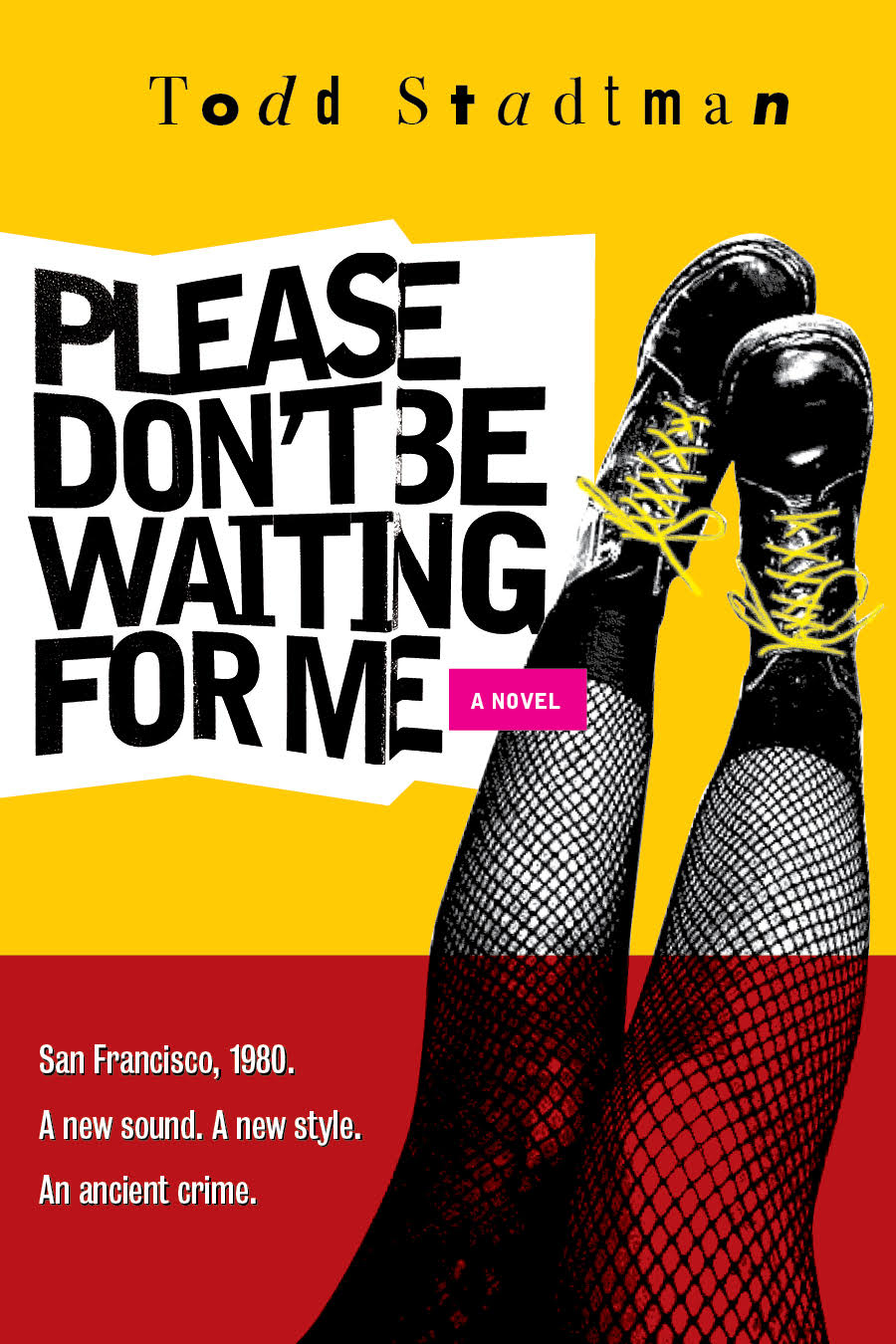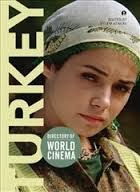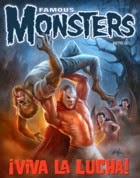
This obscure co-production between Taiwan and Indonesia -- which also goes by the title
Lem Mien Kuel, aka
Pandji Tengkorak, aka
Karate a Bali -- is a far cry from the kung fu vehicles starring Polly "Don't Ask Me To Play Mama" Shang Kwan that I typically review on this blog. While it does have a few vague fantasy overtones, absent are the giant rubber octopuses, lobster men and other "Shaolin Puff'n'stuff" absurdities of Polly's later films like
Zodiac Fighters and
Little Hero. Instead we have a grim and uniquely atmosphered take on the genre marked by fight scenes that are about as brutal and bloody as they come, serving as a welcome reminder that Polly, in addition to being kung fu cinema's most accommodating good sport, was also a serious martial artist of formidable skill.
By the way, that appellation I threw out earlier was inspired by the documentary
Deadly China Dolls, in which a forty-something Polly, looking for all the world like a kung fu version of Little Edie in her leopard print fur coat, answers the question of whether she'd ever return to the screen by saying that yes, she would, adding "But don't ask me to play mama. I want to fight." How can you not love this woman?

The Ghostly Face of the film's title is in fact a hero, albeit one who sports a fugly buck-toothed fright mask in his fight against those who would prey upon the common folk. However, when we first see him, he appears to be engaging in an act of villainy, fighting his way into a fortress to steal a weapon known as The Precious Sword and, in the process, murdering Hua, Polly's father. This spurs Polly, who refers to herself throughout only as "Fightress Hua", to set off on a mission of vengeance. It turns out, however, that this Ghostly Face is an impostor, a member of a vicious gang of pirates lead by Tang (Chan Bo Leung), who plans to frame the hero for his crimes.

As Polly's quest goes on, she charters a boat to take her downriver and ends up having a pretty spectacular fight with an army of pirates, who come at her both from across the water in a fleet of catamarans and from underneath it via the employment of some primitive Martial World snorkeling gear. In the process, she rescues a young woman named Anny Ma (Indonesian starlet Lenny Marlina), who, it turns out, is also looking for the Ghostly Face, but for very different reasons. It seems the Face had earlier saved Anny's village from an attack by Tang and his men, but not before her brother, the village chief, had been killed. She is now seeking out the hero in the hope that he will help her track down Tang and settle things with him for good.
Polly also finds that she is being shadowed by a mysterious protector in the handsome form of Pan Chih (Indonesian actor -- and, more recently, politician -- Deddy Sutomo), who, as will surprise absolutely no one, is soon revealed to be the Ghostly Face himself. Sadly, and despite all of the evidence before her, Polly proves to be frustratingly slow on the uptake when it comes to the matter of the Face's innocence, and when the final showdown with Tang comes, she proves to be as much of an obstacle as an aid.

I realize that all of this sounds like the standard stuff of martial arts revenge drama, but what really sets
Ghostly Face apart from other such films is, not only the novelty of its Indonesian locations, but, more importantly, the several long, dialogue-free sequences depicting traditional Indonesian ceremonies that crop up throughout the film, each of which provides a sort of meditative pause between the ferocious action scenes. The most striking of these is a seaside funeral procession that ends with Polly kneeling silently on the beach and watching as a towering funeral pyre slowly burns and collapses. I realize that such "travelogue" sequences were most likely just meant to provide some local color and will just be seen as annoying filler by many viewers. But to me they add a sense of brooding poetry to the proceedings and, in combination with the film's minimalist overall aesthetic, give
Ghostly Face an appropriately haunted feeling.

I would highly recommend
Ghostly Face to anyone who's interested in seeing a different, less manic kind of oddball martial arts film. While it is certainly a low budget production, with all of the seams and limitations that go along with that, there is something about it that really sticks with you. A lot of these Taiwanese cheapies tend to just blur together in one's mind, but I feel pretty confident in saying that this one will ferret out a weird little space all its own.
UPDATE 8/11/09: Reader Ash, in his comment to this post, kindly provided me with a good deal of background info on
Ghostly Face. The film was based on a popular Indonesian comic book called
Panji Tengkorak (rough translation "Panji the Skull Face") that was created by artist
Hans Jaladara in 1968. The comic would also provide the basis for another feature film that was produced in 1985, as well as an Indonesian television series that aired in the mid 90s. Given that the character referred to as Ghostly Face in the version of the film I watched was so obviously the central character in the comic, I have to wonder if there is an Indonesian cut of the film that gives more play to that character, as well as to Indonesian actors Deddy Sutomo and Lenny Marlina.











































